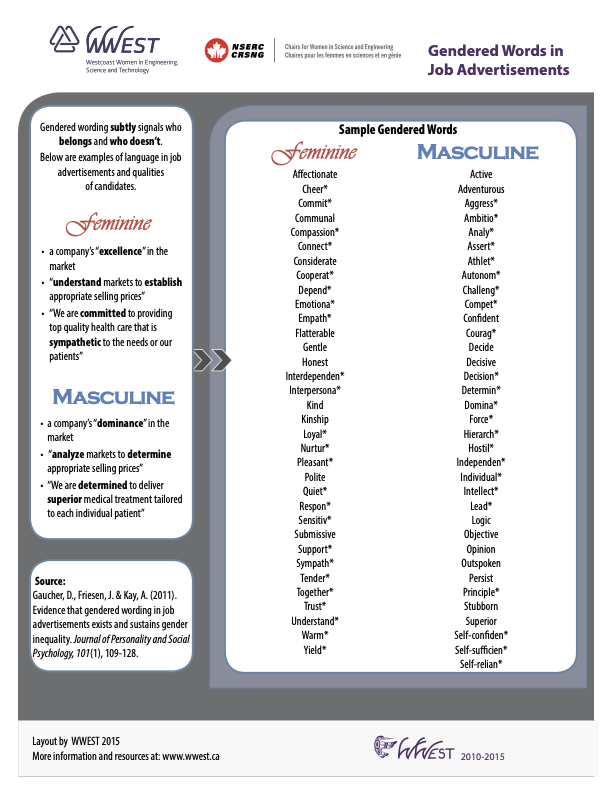🧩 EDI#
NeuroPoly is deeply committed to equity, diversity and inclusion (EDI). Accordingly, we encourage lab members to explore the literature regarding EDI, consult relevant educational materials, and to raise these topics for discussion during group meetings. Below you will find a list of resources/materials. If you come across others that you would like to see listed here, please add them by editing this page on GitHub.
Representation in Brain Imaging Research: A Quebec Demographic Overview#
As part of the Accessible Imaging axis of QBIN, our lab conducted a scoping review of MRI and PET neuroimaging studies carried out in Quebec between 1992 and 2023. This work, now published in the Canadian Journal of Neurological Sciences, is also available as a reproducible, interactive notebook on Neurolibre:
Key Findings#
Urban concentration: 92.7% of imaging studies were conducted in Montreal, with limited participation from rural or remote areas.
Race and ethnicity underreported: Fewer than 4% of studies included race or ethnicity data; of those that did, 94.2% of participants were White.
Gaps in sex and age reporting: ~20% of studies lacked complete reporting on age or sex.
Socioeconomic indicators missing: Education level (a proxy for SES) was rarely reported, and where present, lacked consistency.
These patterns suggest significant biases in participant inclusion and data transparency, limiting the generalizability and equity of neuroimaging research.
Our Recommendations#
To improve inclusion and reporting in neuroimaging, we encourage all lab members to:
🗂 Use standardized metadata: Incorporate tools like the
participants.tsvfile in the Brain Imaging Data Structure (BIDS) format to record key demographic data (age, sex, race/ethnicity, education, etc.).🔍 Report transparently: Always report whether demographic variables were collected — even if no participants belong to a specific group.
🌍 Recruit broadly: Prioritize efforts to include participants from underrepresented regions and populations across Quebec.
🔁 Ensure reproducibility: Share pipelines and metadata openly to promote transparency and enable demographic auditing.
This project represents one of the final initiatives of QBIN before its conclusion as a funded network and reflects our lab’s ongoing commitment to equity, diversity, and inclusion in neuroimaging.
🧠 “Diversity in data leads to diversity in discovery.”
Harvard Implicit Association Test#
This is a tool that allows us to discover hidden cognitive biases. The Implicit Association Test (IAT) was developed by Project Implicit, a non-profit organization and international, collaborative, network of researchers that study implicit social cognition (thoughts or feelings that are largely outside of conscious awareness and control). You can choose to take an IAT from a list of various topics (ex: skin tone, gender-career, disability) by visiting the following page.
White Papers#
The Westcoast Women in Engineering, Science and Technology (WWEST) of Simon Fraser University has created various infographics/posters to educate the STEM community on a range of issues, such as; how to create a more diverse and empowered STEM workforce and issues of EDI in STEM. Below is an example. For more, visit the following page.

